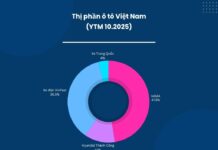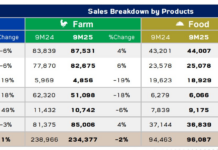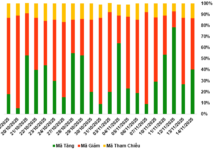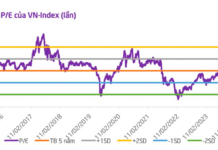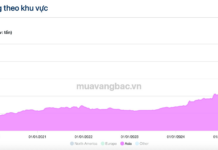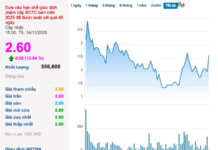“Buckling Under Pressure”: Vietnamese Businesses Face Mounting Challenges
In the first four months of 2024, an average of 21,600 businesses ceased operations each month, more than double the number in 2021. According to the Ministry of Planning and Investment, Vietnam has nearly 920,000 operating businesses, with 98% falling into the micro, small, and medium-sized categories. These businesses are struggling to recover from the COVID-19 pandemic and are now facing new challenges due to global economic, political, and geographical instability.
A report by the Research Commission on Private Economic Development (Commission IV) to the Prime Minister highlights five key challenges faced by businesses: orders, cash flow, administrative procedures and legal compliance, the risk of criminalization of economic transactions, and access to loans. The government needs to implement specific policies and plans to revive these “clinically dead” businesses that are unable to formally cease operations or dissolve.
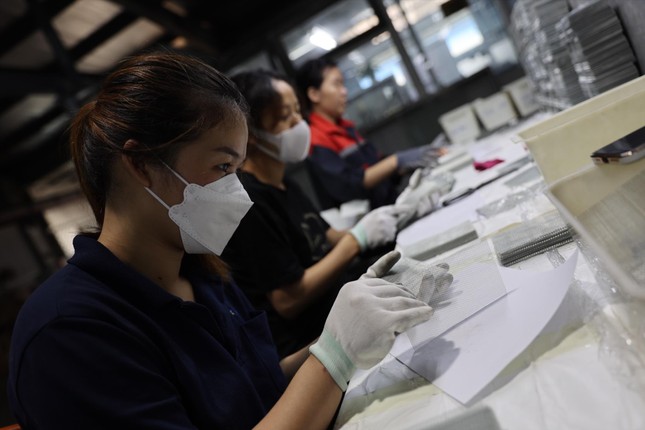
On average, 21,600 businesses cease operations each month. Photo: Nhu Y
Mr. Truong Van Cam, Vice Chairman and General Secretary of the Vietnam Textile and Apparel Association, shared his concerns about the industry’s challenges. While there have been some improvements in order volume and pricing, businesses are still recovering from the difficulties faced in 2023, which was one of the toughest years for the textile industry. He noted that some companies are becoming more selective about orders and are securing orders through the third quarter, indicating a cautious optimism.
Shifting Support for Businesses
In the first quarter of 2024, private sector investment increased by only 4.2%, just half of the pre-pandemic average. Private investment typically accounts for 55-60% of total social investment. Experts warn that the continued challenges faced by private enterprises and the natural selection process within the business sector are cause for concern.
Dr. Nguyen Dinh Cung noted that private investment has not recovered, with growth rates only reaching 30-50% of pre-pandemic levels. The ratio of business exits to entries has worsened, with two businesses exiting for every new entry in 2024, compared to one exit for every 1.3 entries in 2023. This trend is observed across most industries and raises questions about the stability and future development of businesses and the economy.
In the textile industry, the long-standing company Garmex Saigon recently announced a temporary halt to its garment manufacturing operations due to a lack of orders. This situation has persisted since May 2023. Garmex Saigon’s representative attributed the decision to various challenges in 2023, including a shortage of orders, small order sizes, low productivity, and competitive processing prices, resulting in insufficient revenue to cover costs. The company has reorganized its structure, further reduced its workforce, and temporarily ceased production to minimize losses. They have also diversified into new areas such as freight transportation and real estate.
Dr. Pham Xuan Hoe, former Vice President of the Banking Strategy Institute, expressed concern about the difficulties faced by micro, small, and medium-sized enterprises in accessing capital due to the requirement for collateral. Despite the State Bank of Vietnam’s four interest rate cuts and the rapid decline in deposit interest rates, borrowing rates remain high.
The recent 2% interest rate support policy has not been effective. To address this, Dr. Hoe proposed using the unallocated 20,000 billion VND from the 40,000 billion VND interest rate support package to establish a guarantee fund for micro, small, and medium-sized enterprises.





